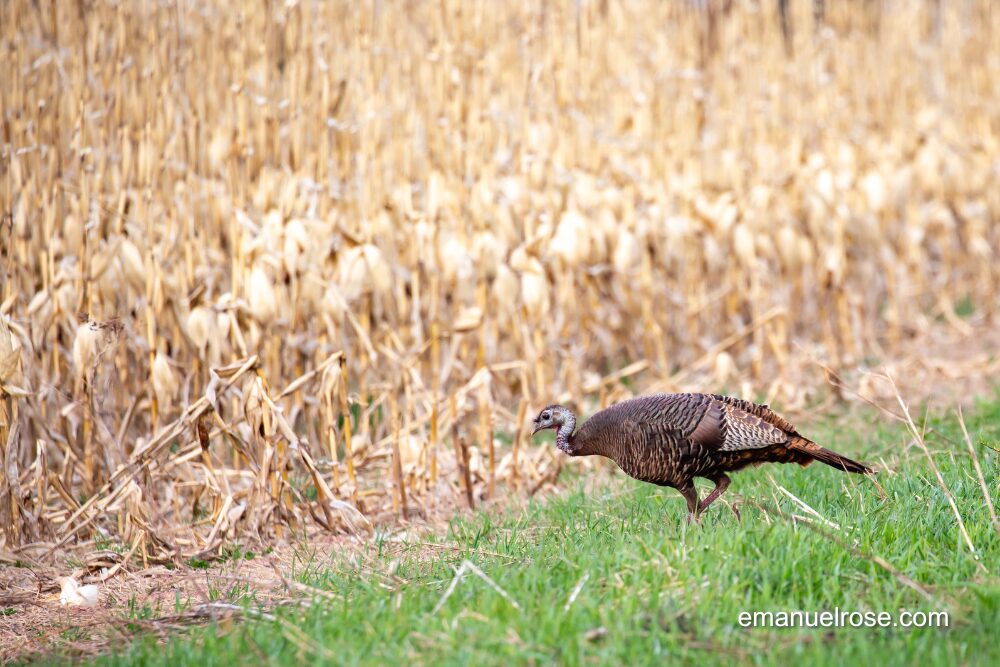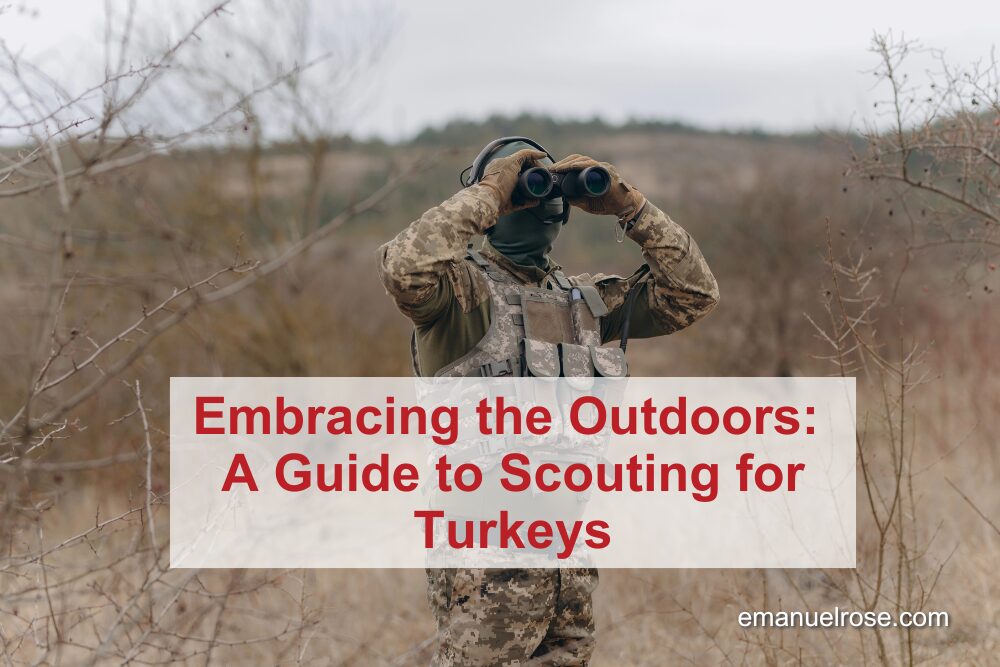The gentle call of nature provides a welcome reprieve. It’s an invitation to reconnect with the earth, and what better way to immerse oneself in the natural world than through the ancient art of turkey hunting—a challenge that marries patience with skill and offers insights into nature’s intricate dance.
As spring unfolds its vibrant tapestry, the time is ripe for scouting turkeys, particularly across the picturesque regions of the greater Western United States. The onset of turkey hunting season is more than a sport; it is a journey of discovery—a way to understand the intricate behaviors of wildlife and the subtle environmental changes.
Understanding Turkey Behavior
One must first learn to think like these remarkable creatures to scout turkeys successfully. Like all wild animals, turkeys require two fundamental things: roosting safety and food access. As spring progresses, a third factor—mating—becomes essential, especially to the toms (male turkeys). These priorities guide their movements as they travel across the terrain.
Turkeys prefer to roost in tall trees at night, out of the reach of predators. By day, they forage for food. The hens focus on finding nourishment to prepare for the energy-intensive nesting and brooding season, while the toms are drawn to breeding once the mating season arrives.
The ideal roosting trees are typically pines or tall deciduous trees with horizontal branches 20 to 40 feet off the ground, providing the perfect blend of safety and accessibility. When scouting, it’s crucial to understand these elements of turkey behavior to anticipate where they might be located and how they might move as the season changes.
Decoding the Terrain
Scouting is not just about identifying individual animals but understanding the environment they inhabit. Consider a setting with a meandering river, a nearby small town offering incidental security, accessible food sources, and a backdrop of national forests. Such a blend of elements creates a natural puzzle to solve when predicting turkey movements.
Turkeys’ habitat preferences mean they are often found near fields, agricultural areas, and forests with ample cover and accessible water sources. When these natural elements align with the turkeys’ basic needs for food and safety, the likelihood of encountering them increases.

Strategizing for Success
Given the land’s dynamics, scouting involves understanding the present situation and anticipating future conditions. The unpredictable nature of spring—complete with its sudden weather shifts—means that terrain, elevation, and accessibility all play pivotal roles in locating turkeys. It is a delicate balancing act between attuning to environmental cues and executing strategic plans.
Access is key when approaching scouting. Whether navigating public lands or seeking permission on private properties, a well-thought-out strategy ensures you can pursue your hobby responsibly and with respect for the surroundings and community.
Observing the Seasons
Each day, turkey behavior shifts in response to the changing seasons. As spring deepens and mating season commences, toms begin their elaborate displays, hoping to attract hens. Observing these behaviors provides valuable clues for hunters about the whereabouts of their quarry and the best times for acoustic scouting—listening for the characteristic gobble of a tom or the rustlings of a nearby flock.
Reflecting on the Experience
Turkey scouting is as much about the experience as the outcome. It offers the chance to connect deeply with nature, observing firsthand the cycles and creatures that define spring’s return.


Whether roving through forests or heavy with anticipation beneath the dawn sky, there lies an intrinsic satisfaction in understanding and interacting with the natural world.
As you set out on your scouting adventure, remember that success in turkey hunting—or any interaction with nature—is defined more by the journey than the destination. It’s about embracing the quiet moments of reflection, the thrill of the chase, and the constant learning the wilderness imparts.
So next time the call of nature beckons, consider the joy of scouting for turkeys—and immerse yourself in all the great outdoors offers.
A special thank you to Jim Clark. Your knowledge and passion for the outdoors make scouting and hunting an even richer experience. We appreciate your time and wisdom!
Get to know Jim Clark: linkedin.com/in/jim-clark-8315a6b
Watch the Nature Bound podcast featuring Jim Clark: youtube.com/watch?v=Lcucgo3gVMA

